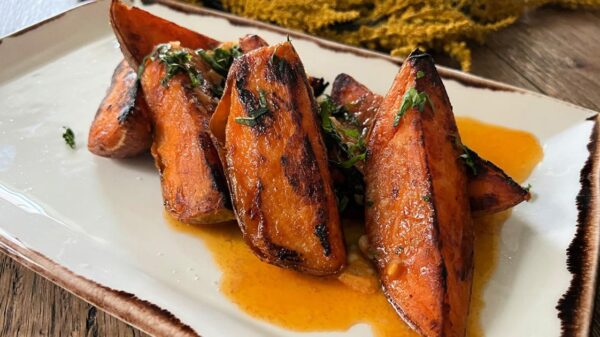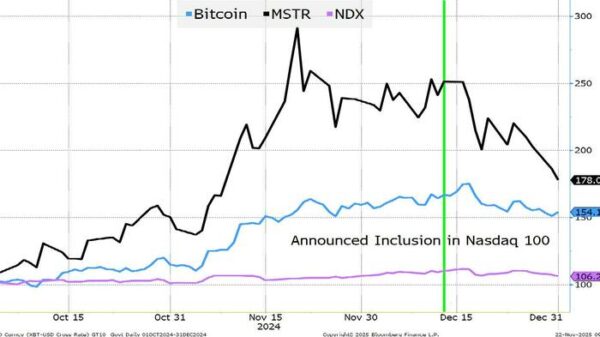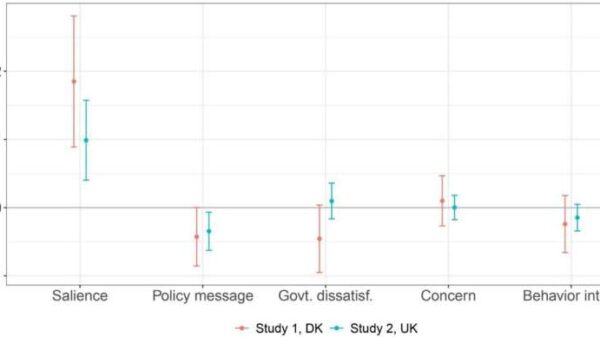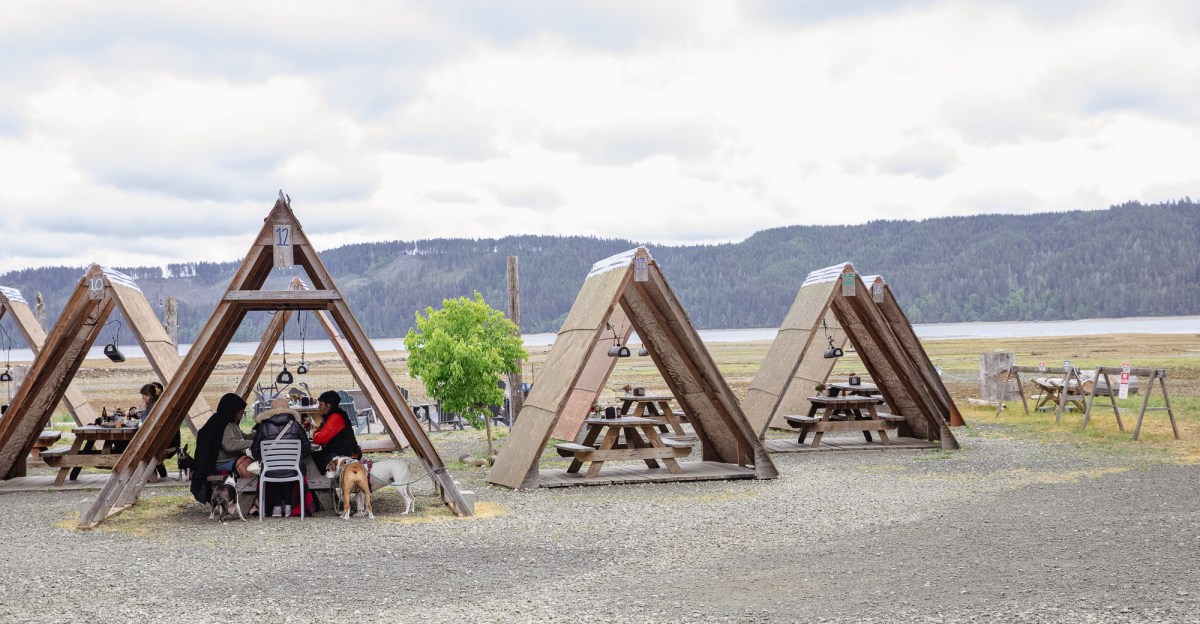Oysters have long been synonymous with indulgence, a luxury that many seek out in the bustling cityscape of Seattle. From the hipster haven of The Walrus and the Carpenter to the classic elegance of Shuckers, Seattle offers a variety of oyster bars each with its unique charm. Yet, for those willing to venture beyond the city limits, a different kind of oyster experience awaits at the Hama Hama Oyster Saloon, nestled on the Olympic Peninsula.
This journey begins with a drive south on I-5 toward Tacoma, a route that transforms from urban sprawl to the serene landscapes of the Pacific Northwest. As you cross the Tacoma Narrows Bridge and head toward the Hood Canal, the scenery shifts to towering evergreens and tranquil waters. After a two-hour drive, you arrive at the Hama Hama Oyster Saloon, a rustic oasis that might just be Washington state’s best-kept secret in the world of oysters.
A Unique Oyster Experience
The Hama Hama Oyster Saloon offers a setting that feels both post-apocalyptic and idyllic. With its food truck, farm store, and Adirondack chairs surrounding a wood fire, the saloon invites visitors to relax and enjoy the panoramic view of the Hood Canal. This fjord, one of North America’s few, provides a stunning backdrop to the tide flats of the Hama Hama oyster farm, the very source of the delicacies served here.
Hama Hama oysters are celebrated across the West Coast and beyond, known for their clean, cucumber-like taste. Rowan Jacobsen, in his book The Essential Oyster, describes their flavor as “nettle soup, with lots of vibrant, herbaceous spring greens and briny sea stock.” The Blue Pool varietal, with its creamier profile, is likened to “white miso-shiitake soup.”
The Family Legacy
Hama Hama is a family-run business that traces its roots back to the 1890s when Daniel Miller Robbins purchased the land for logging. Over the decades, the family adapted to changing times, eventually turning to oyster farming in the 1950s. Lissa James Monberg, the company’s vice president of shellfish, recounts how her grandfather’s determination to keep the land led them to explore various ventures, finally settling on oysters.
The beach in front of the saloon is ideal for oyster farming, thanks to its unique tidal conditions. Pacific oysters, introduced from Japan in the early 20th century, thrive here, benefiting from the warm waters that facilitate spawning. The family employs sustainable practices, likening their methods to “farming dandelions” by encouraging natural reproduction and managing the population carefully.
The Saloon’s Evolution
Inspired by California’s Hog Island Oyster Company, Hama Hama opened the Oyster Saloon in 2014, expanding during the pandemic to accommodate more visitors. Despite its outdoor setting, the saloon remains popular year-round, even during winter when diners brave the elements to enjoy peak oyster season.
While traditional wisdom suggests eating oysters only in months with an ‘r’, the saloon attracts crowds in the summer, serving up to 700 people a day. Visitors range from city dwellers seeking a culinary escape to bikers and hikers exploring the nearby national park.
More Than Just Oysters
The Hama Hama Oyster Saloon has become a central part of the family’s business, offering a menu that includes crab cakes, clams, and even Douglas fir jelly for the adventurous. Yet, the focus remains on oysters, with options like marinated escabeche-style and roasted with chipotle bourbon butter.
Despite its success, the saloon maintains its rustic charm, resisting the trend of urban expansion seen in other regional seafood producers. As head chef Dillon Pennell notes, the saloon’s appeal lies in its authenticity and connection to the land. “It’s air, it’s the wood smoke,” he says, emphasizing the unique experience that can’t be replicated in a city setting.
For those who make the journey, the Hama Hama Oyster Saloon offers more than just a meal; it’s a reminder of the simple pleasures found in nature and the rich history of a family dedicated to preserving their land and legacy.



































































